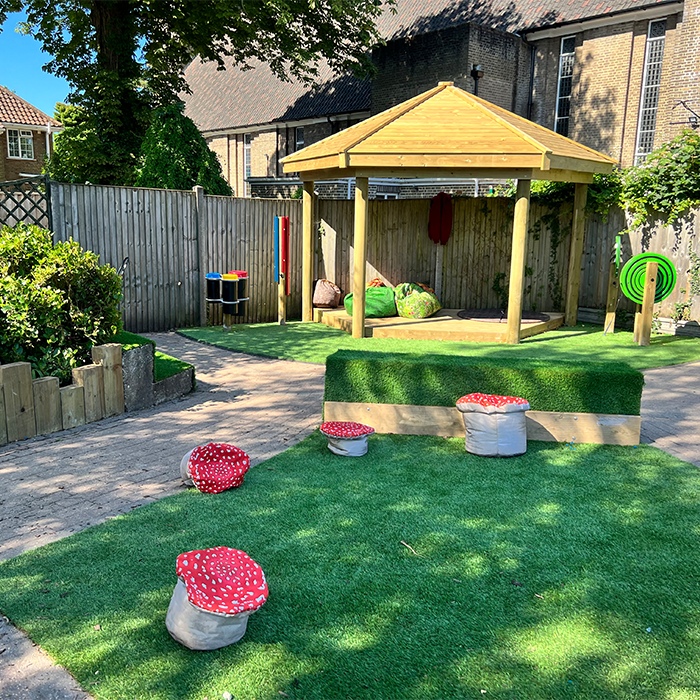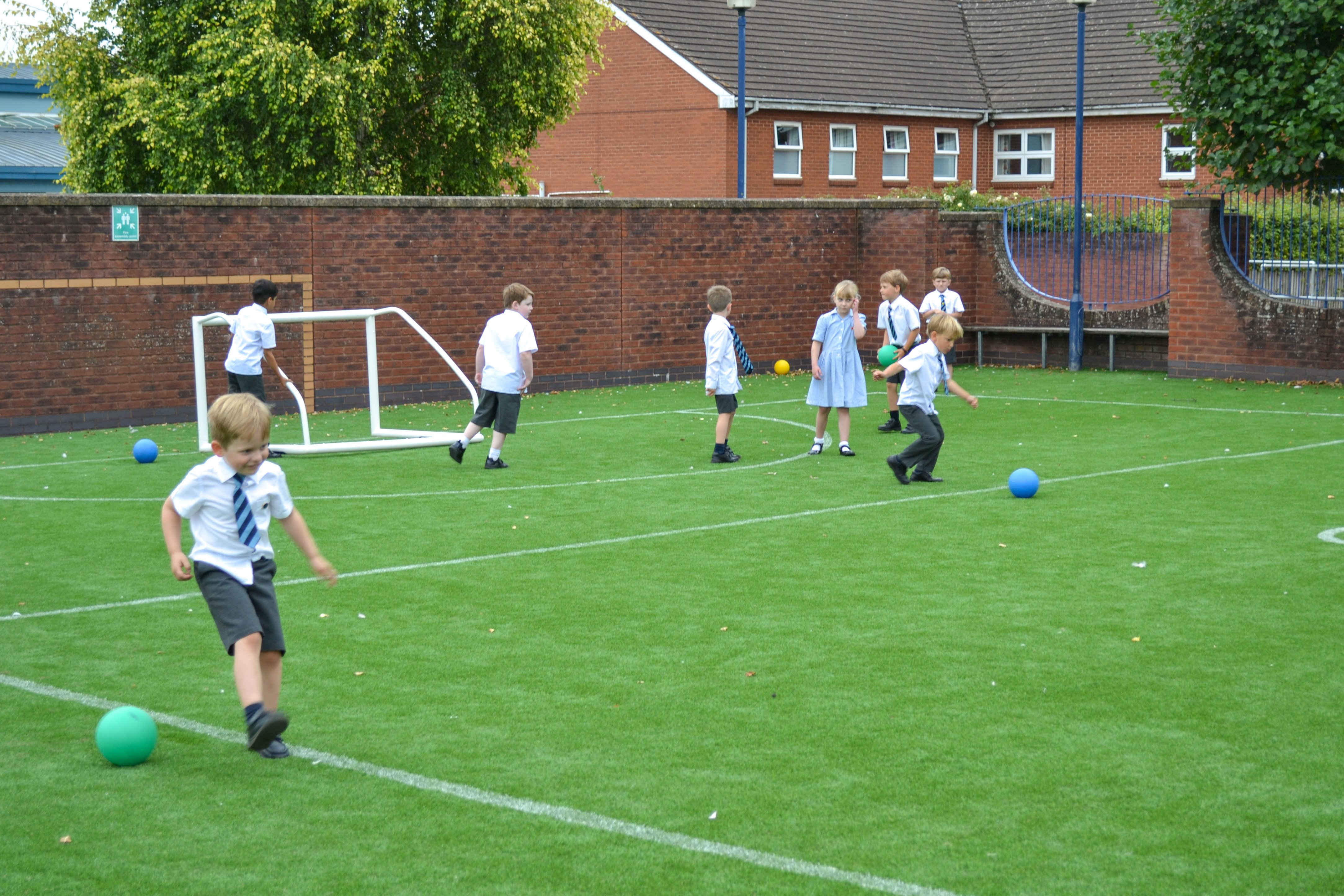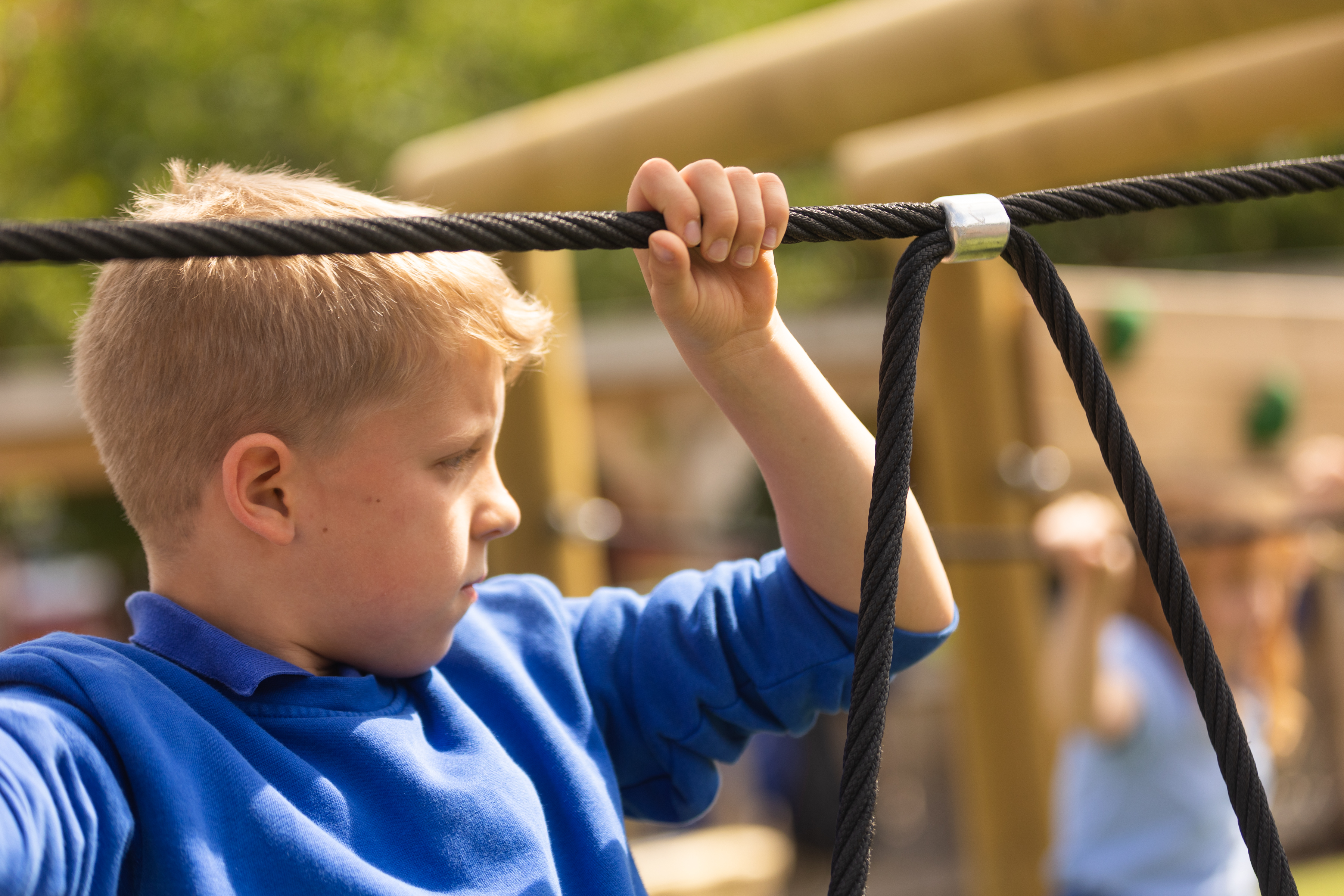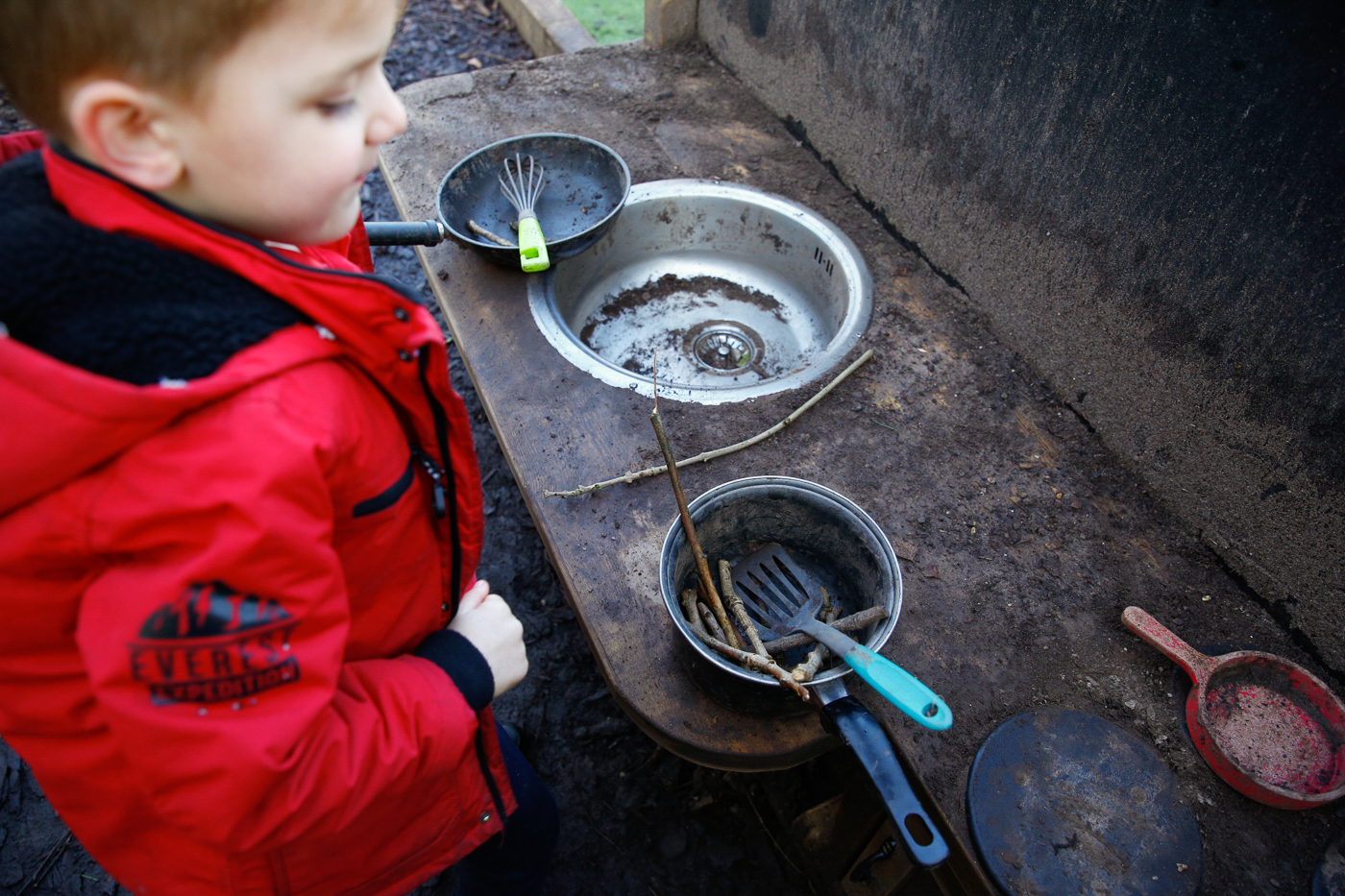Many teachers are more interested than ever in taking learning outside, whether this is to support your school’s goals, to improve the amount of fresh air and movement your class experience in a school day, or simply to enjoy good weather.
While there is an ever-expanding bank of outdoor lesson plans available online, these may not always easily fit in with your curriculum or your school’s programme of learning, particularly for core subjects. For example, they may build on topics you haven’t yet covered or use frameworks which aren’t usually practised in your school, which can distract from the core learning goal.
An alternative route is to adapt your usual lesson plans into outdoor lessons. To begin with, this can take more time as you and your students build norms and expectations around this. However, it becomes more intuitive with practise and can have some real benefits for your class.
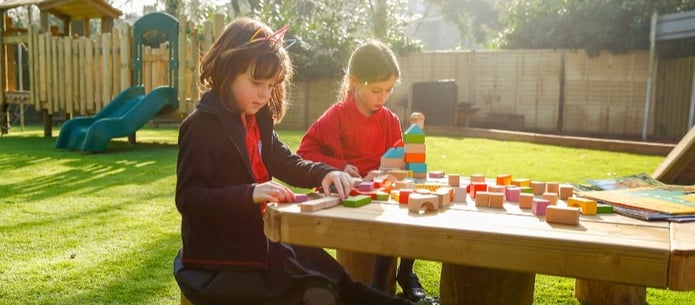
Why Transform Indoor Lessons for Outdoor Learning?
There are several benefits to bringing learning outdoors, including:
Physical and Mental Health Benefits
Exposure to vitamin D through daylight is important for children’s overall health, happiness, and quality of sleep. However, many students only spend limited time outdoors, particularly during colder or wetter weather. This can be especially true for students with little access to gardens or other safe outdoor spaces at home. Outdoor lessons can help children spend more time in natural daylight.
Spending more time in the natural world, for example through forest school settings, is also important for helping children to build immunity to illness and has links to improved mental health.
Read our full blog on the benefits of outdoor classrooms to student’s mental health
More Space
There’s often a lot more space outside than in. This gives children the opportunity to take part in activities which include more physical movement. It can also be useful for children who find it difficult to focus in close proximity with their peers, or who struggle with other things typical of a close classroom setting, for example strip lighting or sitting at a desk.
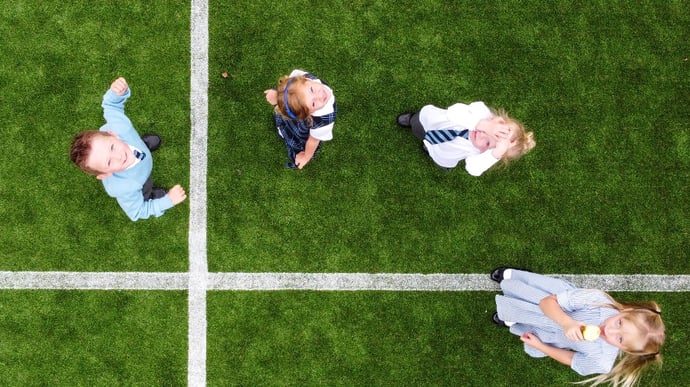
A New Pool of Resources
School playgrounds are often a gold mine for observing scientific principles in action, but it also opens up opportunities you can use across the curriculum. The amphitheatre-like seating in an outdoor classroom can be a far better setting for whole class discussions and debates than a traditional classroom. Sticks and stones and even mobile playground equipment can be used creatively to solve maths problems, and the variety of landscapes can elevate drama activities and storytelling.
Managing Inputs
Some teachers find delivering the input portion of a lesson more difficult outdoors. There are often more distractions in a playground, and children can take more time to settle and absorb new information, particularly if they aren’t used to outdoor lessons.
It can also practically be difficult. If you’re used to relying on an interactive whiteboard, document camera, PowerPoint to introduce new concepts, you’re unlikely to have these resources outdoors. Wind and weather can also make it harder for students to hear you if they’re sitting at any distance.
One way to overcome this is to simply begin your lesson inside and move outside later. If your school is willing, you could alternatively bring a laptop, tablets, or a portable projector outdoors to display any necessary resources. Outdoor classrooms, shelters, or dens will help reduce sound problems and may limit the distractions in sight.

However, if you have more time for planning, you could adapt your plan further to reflect the new setting. You are likely to know what you as a teacher struggle with the most during outside inputs and can plan accordingly, but below are a few suggestions.
• Introducing the lesson through a physical activity or task if the class struggle to settle to listening straight away.
• Keeping inputs short, to the purpose, and set around some engaging questions for students to explore, saving more in-depth theory for other lessons
• Reducing the amount of whole class, teacher-led time in the lesson, or using support staff to deliver the input across several smaller groups
• Printing out visual resources and sending students to discover and study them in different locations
• Present the input through strong visuals which don’t rely on technology, for example a drawing in chalk on the floor, a prepared scenario using real objects, or asking students to form different freeze frames
Adding or adapting practical activities
Being outside often gives you the scope to take up more space and get your students active without worries about safety in small areas or disturbing neighbouring classrooms.
Although it may not be appropriate for every lesson, including physical activities can help children remain alert and engaged. Including actions or movement in learning can also help children to memorise new information or build stronger recall about subjects they have learned before.
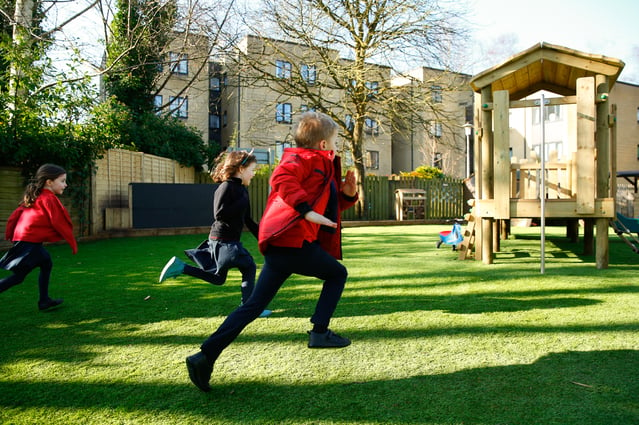
Some examples of adapting tasks to be more active include:
• Racing in teams to label a large diagram correctly in the form of a relay race
• Orally practising sentences using Kung Fu Punctuation
• Children creating a song with actions to memorise times tables or the functions of different food groups
• Children performing a short drama, presentation, or practical demonstration as proof of learning instead of a written task (this can be filmed)
• Scavenger hunting for examples of different types of rock or leaves
• Playing simple maths games using their bodies as counters
• Matching labels together using skipping ropes
• Building a model environment out of playground equipment and describing it (for example, a home for an animal, a place for prayer, an iron age dwelling)
• Voting for answers to a question through throwing balls into different containers or moving to a different area of the playground
Responding to Surroundings
As previously mentioned, you can also think about adapting lessons, not just for outside in general, but for a particular area. This can make lessons more memorable or help children to see how learning can be applied to their world.
This could be as simple as children taking a survey of wildlife they spot in the school pond over 15 minutes as part of a habitat unit, to integrating a mud kitchen into making simple pottery, to setting up a maths problem that involves bringing things to different ends of your trim trail.
Managing Class Resources
Successfully managing class resources can be difficult outside. If it’s difficult to keep track of pencils, whiteboards, tablets, and reading books in one room, it can feel impossible when there’s a whole playground for them to get lost in.
Limiting the amount of equipment you bring out with you is one way to handle this, particularly if you are focusing on more active tasks. Students could share a whiteboard or clipboard in pairs or groups, or wait to record what they have learned until they’re back inside.
You can also manage resources through setting clear expectations for how and where everything should be kept while they are outside. The simplest version of this might be that worksheets should be attached to clipboards at all times, and the pencil must be pushed under the clip when it isn’t being used. You could also have specific trays or containers only used for outdoor lessons, with drawings or outlines of different equipment in different sections.
Labelling equipment with children’s names or coded numbers can also help with accountability, so students feel personally responsible for keeping more important equipment (like tablets) safe.
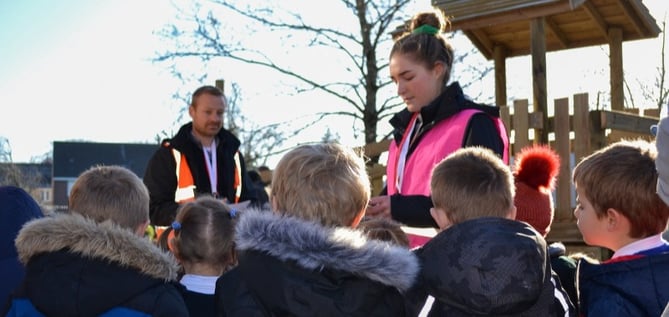
Safety Considerations
Safety must also be considered when taking a lesson outdoors. It can be more difficult to monitor children over a wider area and playgrounds can come with a variety of risks, which you may not have considered before if you aren’t regularly on playtime duty.
More active tasks may also become more or less safe depending on the surfaces they’re done on and the weather. There’s even natural risks such as sunburn, hay fever, and tick bites to be aware of at certain times of the year.
Although a detailed risk assessment probably isn’t needed every time you learn outside, it’s sensible to note down anything to be considered on your lesson plan, and to talk to any support staff about how all children will be kept an eye on while you are outside. Lunchtime staff may be able to help with identifying any common playground risks too.
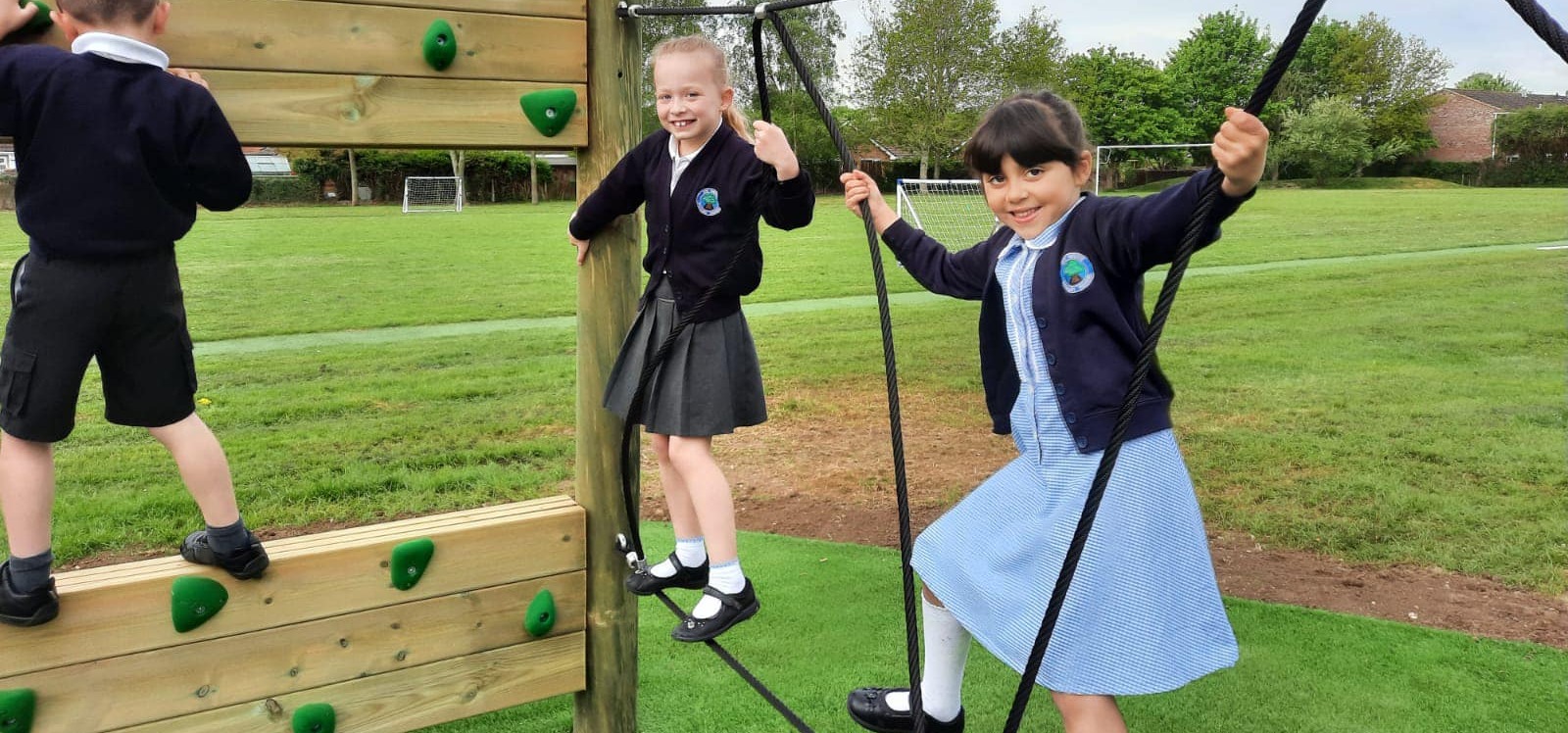
You should also think about establishing a protocol with your class that means they should “stop and listen” or “meet back with me at once.” These can be useful if a risk appears or if you need to give students more information for any other reason. You may have a similar system for the classroom, but clapping or voice directions won’t necessarily be heard as well outside, so consider an instrument or simple hand gesture.
You should also speak to students about what they should do if the fire or intruder alarm goes off while they are outside with you.
Considering a New Outdoor Learning Space?
dbdplay specialise in building school playgrounds to help children of all ages develop vital skills, problem solve, explore the natural world, and have fun! We also build outdoor classrooms and shelters in a variety of designs. Click to learn more.
Lynzi Tiner
Early Years Advisor and Forest Schools Leader
Originally published Jan 12, 2023 10:29:30 AM , updated January 30, 2024



